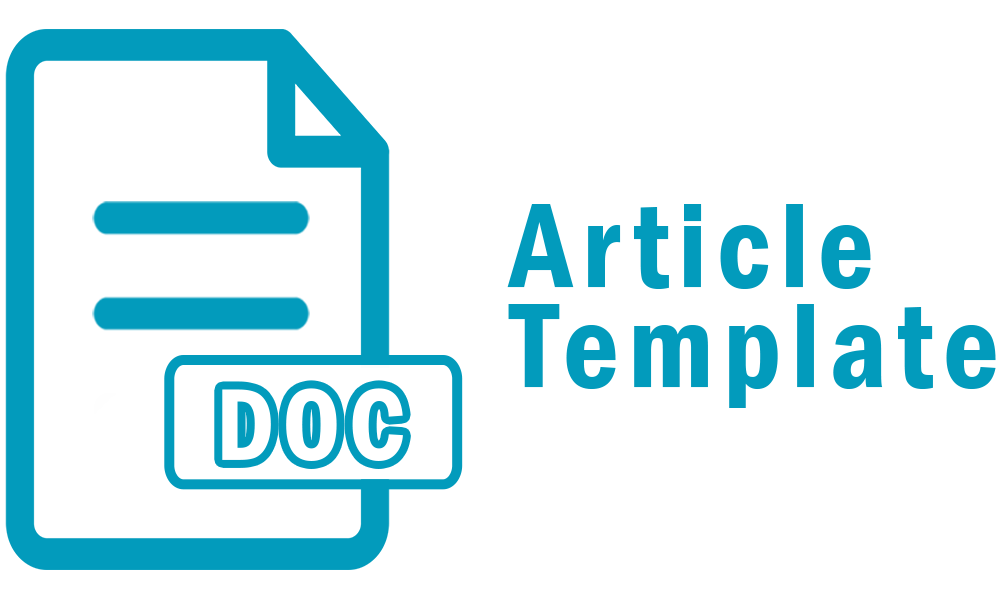Crowdfunding Strategies for 3D Printing
DOI:
https://doi.org/10.46961/kreator.v11i1.1246Keywords:
ARTICLE INFO Article history, Received Revised Accepted Available online Kata Kunci, Urun dana, 3D Pendanaan, Urun dana berhadiah Keywords, Crowdfunding, 3D Printing, Fund, Reward Based CrowdfundingAbstract
Crowdfunding is an innovative way for startups to raise the funds they need to launch or grow their businesses. And by turning to the crowd for funding, startups can reap a variety of additional benefits beyond the acquisition of funds. The novelty of this research is that it focuses on a 3D Printing project on crowdfunding platform, considering the past data of backers dan funding value which expected to be used for startup business, especially 3D printing projects as a strategy to increase funding investment on crowdfunding platform. This research was conducted to analyze the crowdfunding strategies can be used by the project owner and to stimulate investment backers as a strategy to increase crowdfunding investment.
References
Ainul, A. L. H., Ali, N. A. M., & Anwar, R. (2022). Indonesian Printing Industry Profile. Environment-Behaviour Proceedings Journal, 7(SI7), 221-225.
Amri, L. H. A., Basuki, U., & Ruliftiawan, G. (2022). CONTROLLING COLOR CONSISTENCY IN THE PRODUCTION PROCESS OF PACKAGING PRINT. Kreator, 9(1), 61-70.
Amri, L. H. A., Fitriadi, Y., & Pradissa, A. F. P. (2019). IMPLEMENTATION OF QUALITY CONTROL IN NEWSPAPER PRINTING COMPANIES. Kreator, 6(2), 84-95.
Amri, L. H. A., Nugraha, M., & Zahra, N. N. (2020). QUALITY COMPARISON OF DUPLEX CARTON 350 GR/M2 BASED ON SNI-0123: 2008. Kreator, 7(1), 1-7.
Amri, L. H. A., Sakina, N. A., Ali, N. A. M., & Anwar, R. (2022, December). An Overview of Creative Cities and Ecotourism Development in Jepara District, Indonesia. In IOP Conference Series: Earth and Environmental Science (Vol. 1111, No. 1, p. 012065). IOP Publishing.
Bal, A. (2018). EU VAT Implications of Crowdfunding. Handbook of Blockchain, Digital Finance, and Inclusion, Volume 1 (1st ed., Vol. 1). Elsevier Inc. doi:10.1016/B978-0-12-810441-5.00019-1.
Four types of crowdfunding for startups—and how to choose one. Retrieved from
Hennink, M., Hutter, I., & Bailey, A. (2020). Qualitative research methods. SagePub.
Kickstarter. (2024). kickstarter 2024. Retrieved January 22, 2024, from https://www.kickstarter.com/help/stats.
Melati, K. R., & Amri, L. H. A. (2023). Design Mechanisms in Increasing the Growth of Plus Batik MSME's Instagram Accounts. Jurnal Mediakita: Jurnal Komunikasi dan Penyiaran Islam, 7(2), 198-219.
Pasmawati, Y., Tontowi, A. E., Hartono, B., & Wijayanto, T. (2018). Determination of Favourite Market for 3D-Printer Product Based Online Platform. International Review of Management and Marketing, 8(5), 18–23. doi:10.32479/irmm.6906.
Sarmanu. (2017). Dasar metodologi penelitian kuantitatif, kualitatif, dan statistik. Airlangga University Press.
Startups Team. Startups.com; 2018. Retrieved from Startups website: https://www.startups.com/library/expert-advice/history-of-crowdfunding
Sugiyono. (2011). Metodologi penelitian kuantitatif kualitatif dan R&D. Alfabeta
Downloads
Published
How to Cite
Issue
Section
Citation Check
License
Authors who publish with Kreator agree to the following terms:
- For all articles published in the Kreator, copyright is retained by the authors. Authors give permission to the publisher to announce the work with conditions. When the manuscript is accepted for publication, the authors agree to the automatic transfer of non-exclusive publishing rights to the publisher.
- Authors retain copyright and grant the journal right of first publication with the work simultaneously licensed under a Creative Commons Attribution-ShareAlike 4.0 International License that allows others to share the work with an acknowledgment of the work's authorship and initial publication in this journal.
- Authors are able to enter into separate, additional contractual arrangements for the non-exclusive distribution of the journal's published version of the work (e.g., post it to an institutional repository or publish it in a book), with an acknowledgment of its initial publication in this journal.
- Authors are permitted and encouraged to post their work online (e.g., in institutional repositories or on their website) prior to and during the submission process, as it can lead to productive exchanges, as well as earlier and greater citation of published work (See The Effect of Open Access).











